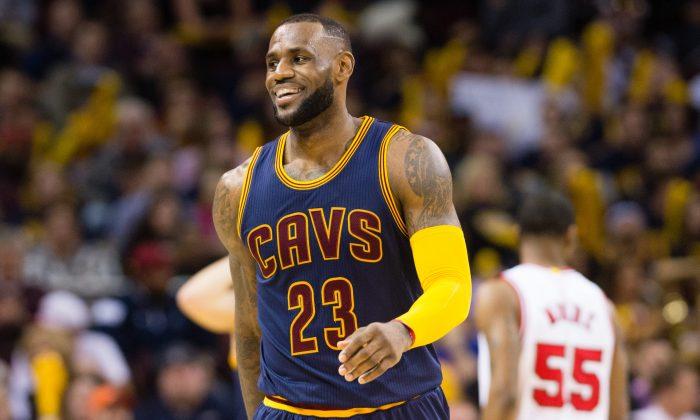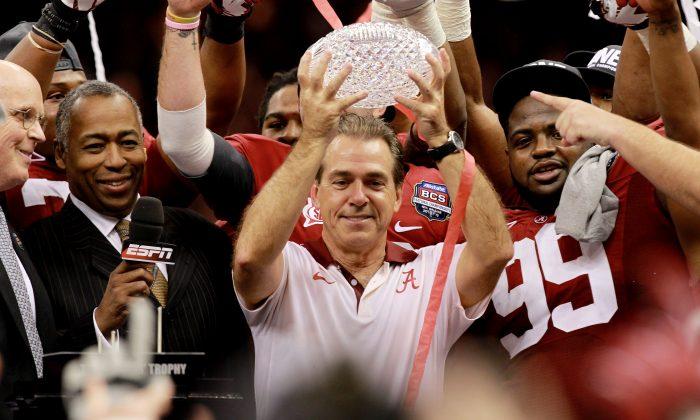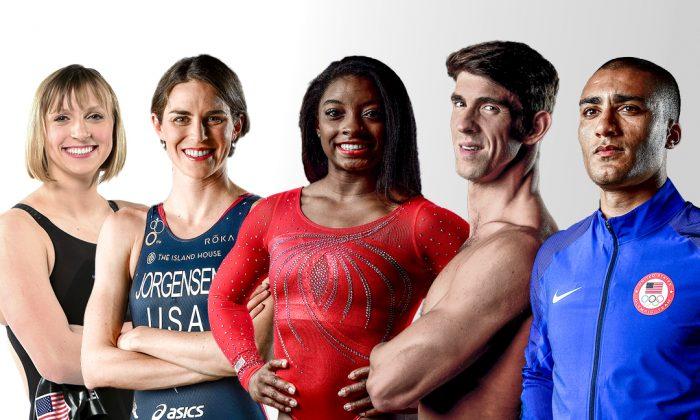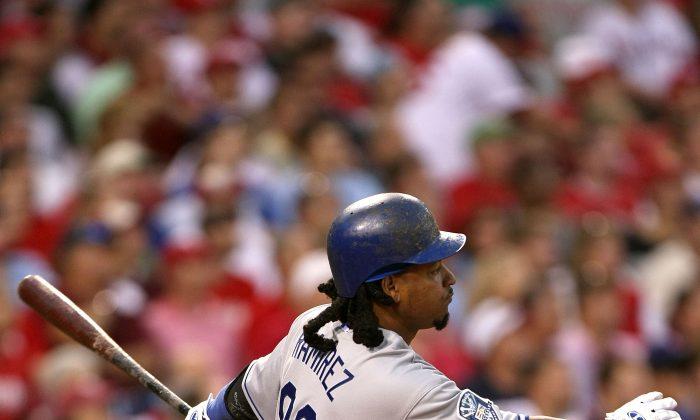He didn’t have to say anything. The look on LeBron James’s face said it all when he exited the arena on May 11, 2010, following an embarrassing 120–88 home loss to Boston in Game 5 of the Eastern Conference semis.
He was signing elsewhere.
The Cavs were down 3–2 in the series at that point and would go on to lose Game 6 two days later in Boston to drop the series, marking James’s final game with Cleveland in his first go-around with the Cavs.
LeBron, as usual, carried the Cavaliers in that six-game set averaging 26.8 points, 9.3 rebounds, and 7.2 assists per game. But he couldn’t do it alone. And on that team, he would have had to.
In 2010, Cleveland’s starting lineup was made up of aging stars Shaquille O'Neal (then 38 and past his once-dominant prime) and Antawn Jamison (33), journeyman point guard Mo Williams, and 34-year-old Anthony Parker at forward.
And LeBron James.
Not a horrible supporting cast, but it certainly paled in comparison to what the other powers had.

While “The King” looked tired of being the one-man show in Cleveland, across the court was the perfect example of a well-run franchise—the Boston Celtics—with their own Big Three of Paul Pierce, Ray Allen, and Kevin Garnett and Doc Rivers coaching the team.
Two months later, in an ill-fated PR stunt, LeBron publicly announced he was dumping Cleveland for the sunny beaches of South Beach and a roster that would include Dwyane Wade, Chris Bosh, and James to form their own Big Three.
Four years, four Finals appearances, two MVP Awards, and two NBA titles later, LeBron surprised the world when he announced he was coming back home—but to a different Cleveland squad this time.
During that four-year period without LeBron, Cleveland plummeted to the bottom of the standings. No major free agents wanted to get marooned there like LeBron had, and the Cavs ended up with the first overall pick three times in a four-year span.
As it turned out, LeBron’s departure was the quickest way to rebuild and attract a big-name free agent, like LeBron.
Cleveland struck gold with Kyrie Irving as the first pick in 2011, whiffed on taking Anthony Bennett first overall in 2013, before striking gold again with Andrew Wiggins last year.
After packaging Wiggins as the main trade bait in a deal for Kevin Love, LeBron and company eventually clicked together, winning 34 of their final 43 games of the season to enter the playoffs as the No. 2 seed against a familiar playoff foe—the Boston Celtics. But this time around, LeBron’s team features the Big Three.






Friends Read Free